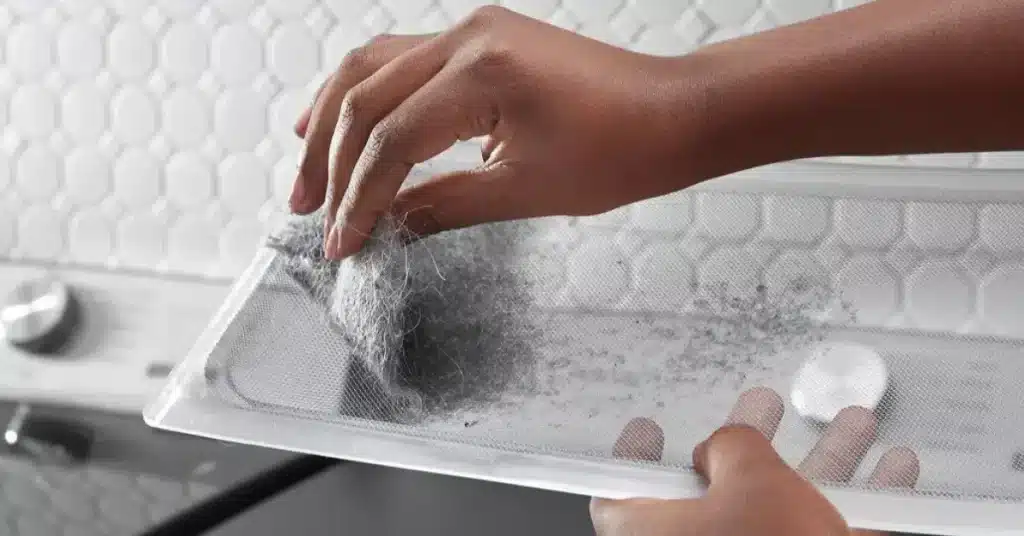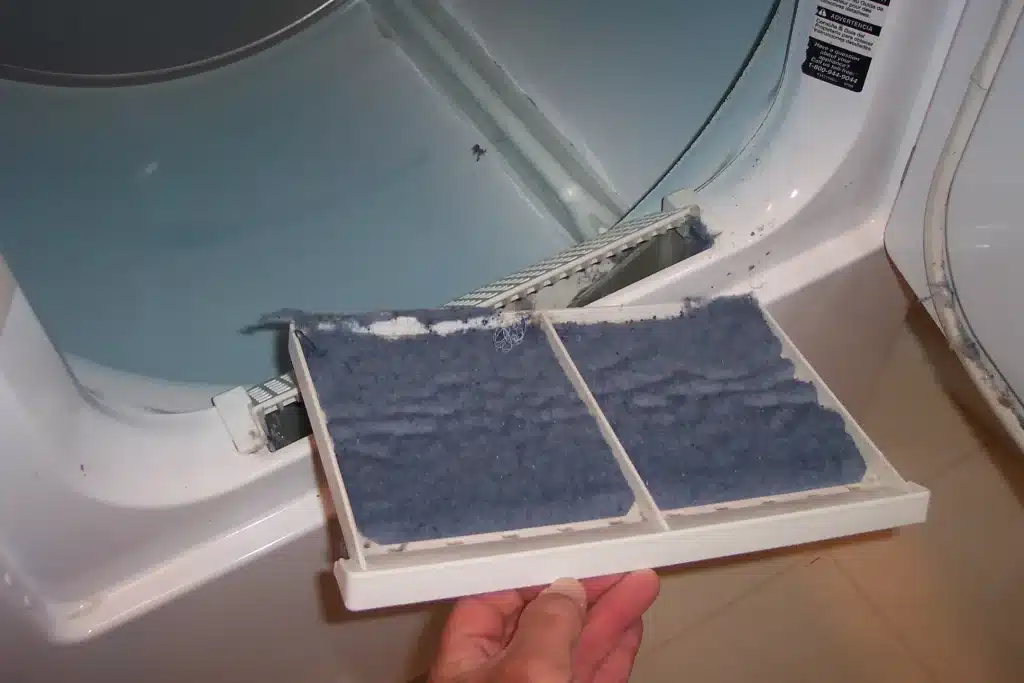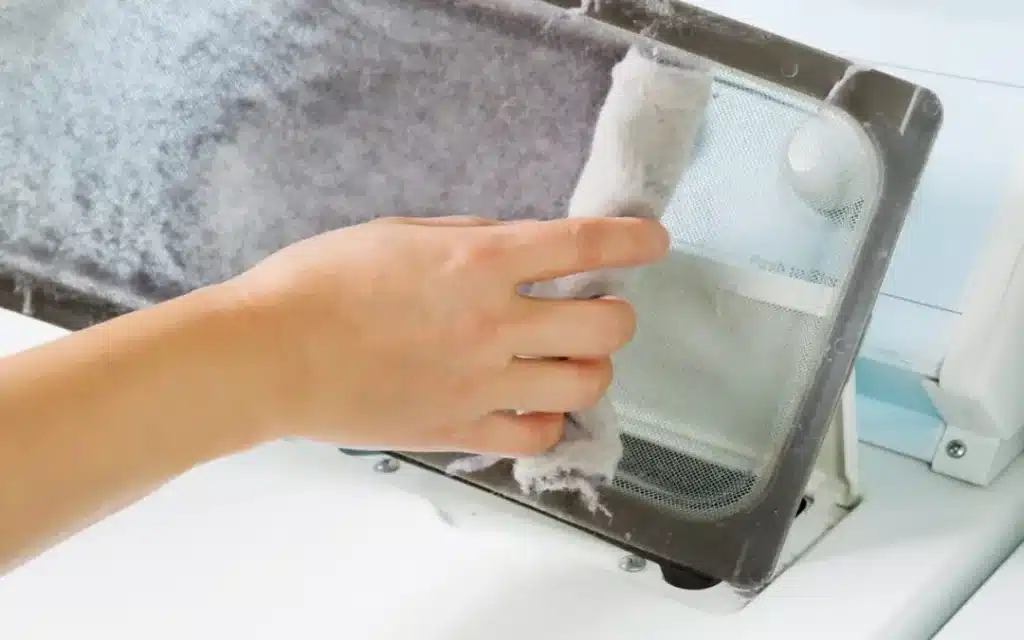
Understanding Lint Traps: Purpose and Importance
Household appliances like washers and dryers incorporate special filters designed to collect fabric fibers, dust, and debris shed during the laundering process. These collection mechanisms, commonly known as lint traps, serve several crucial functions. First, they prevent clogs in your plumbing and drainage systems. Second, they improve the efficiency of your machines, allowing them to operate at peak performance. Perhaps most importantly, in dryers, these filters significantly reduce fire hazards by capturing flammable materials before they can accumulate in ducts or near heating elements.
Regular maintenance of these collection systems is essential for both appliance longevity and home safety. When these filters become clogged, machines work harder, consuming more energy and potentially shortening their lifespan. For dryers specifically, blocked filters account for thousands of household fires annually.

Dryer Lint Traps: Location and Cleaning
Most dryer collection screens are conveniently located in one of three places: inside the door opening, on top of the machine, or within the front panel. This accessibility makes regular maintenance relatively straightforward for homeowners.
These filters utilize a fine mesh screen that captures fibers and debris while allowing air to flow through. The dryer lint trap design is crucial for the dryer’s proper functioning, as it maintains optimal airflow while preventing hazardous buildup in the exhaust system.
Manufacturers recommend cleaning these screens after every drying cycle. This simple habit ensures maximum efficiency and significantly reduces fire risk. Even a partially blocked filter can extend drying times, increase energy consumption, and create potentially dangerous conditions.
How to Clean Your Dryer Lint Trap
Maintaining your dryer’s collection system requires minimal effort but delivers substantial benefits:
- Basic Cleaning: Remove the screen and gently brush away accumulated fibers with your fingers or a soft brush.
- Deep Cleaning: Every few months, wash the screen with mild soap and warm water to remove residue from fabric softeners and detergents. Allow it to dry completely before reinserting.
- Vacuum Extension: Use your vacuum's narrow attachment to clean the cavity where the screen sits, removing any fibers that escaped the filter.
- Professional Maintenance: Consider annual professional vent cleaning to remove accumulated debris throughout the entire exhaust system.
Regular maintenance prevents overheating, reduces energy consumption, and extends your appliance’s operational life while protecting your home from potential hazards.

Washing Machine Lint Traps: Types and Maintenance
Unlike their dryer counterparts, washing machine lint trap systems vary significantly between models. You might find them in several locations:
- Internal Filters: Located inside the agitator (center column) of top-loading machines
- Pump Filters: Found behind a small access panel near the bottom front of many front-loading machines
- Mesh Bags/Screens: Attached to the end of drain hoses in some older models
- Self-Cleaning Systems: Modern machines that incorporate automatic cleaning cycles
These collection mechanisms in washers serve primarily to protect your plumbing system and prevent clogs. They capture larger debris like coins, buttons, and fabric fragments before they can enter and potentially damage your home’s drainage system.
Cleaning frequency depends on your machine’s design and usage patterns. Generally, checking and maintaining these filters quarterly works well for most households. However, if you wash particularly fiber-heavy items (like new towels or flannel sheets), more frequent attention may be beneficial.
Dryer Lint Trap vs. Washing Machine Lint Trap: Key Differences
The collection systems in these two appliances differ in several important ways:
Accessibility: Dryer screens are designed for frequent, easy access, while washer filters may require more effort to locate and clean.
Safety Implications: Dryer collection systems directly impact fire safety, while washer filters primarily affect machine efficiency and plumbing health.
Design Purpose: Dryer systems focus on capturing fine fibers to prevent fire hazards, while washer filters aim to catch larger debris that might damage pumps or clog drains.
Maintenance Frequency: Dryer screens require attention after every cycle, whereas washer filters typically need cleaning monthly or quarterly.
Visibility of Problems: A full dryer screen provides immediate visual feedback, while washer filter issues often manifest as poor drainage or unusual noises.
Understanding these differences helps homeowners develop appropriate maintenance routines for each appliance, ensuring optimal performance and longevity.
Conclusion: Proper Lint Trap Maintenance for Appliance Longevity
Regular maintenance of fiber collection systems in both washers and dryers represents one of the simplest yet most impactful ways to protect your appliances and home. The lint trap in each appliance prevents significant problems—from inefficient operation and excessive energy consumption to potential fire hazards and plumbing emergencies.
Implementing a regular cleaning schedule for both appliances takes minimal time but delivers substantial benefits. For dryers, make screen cleaning part of your laundry routine after each cycle. For washing machines, set quarterly reminders to check and clean filters according to your manufacturer’s instructions.
By giving these humble components the attention they deserve, you’ll extend the life of your appliances, save energy, protect your home from potential hazards, and ensure your laundry equipment continues to function efficiently for years to come.
FAQ
How often should I clean my washing machine lint trap if I can't find specific manufacturer guidelines?
Without specific guidelines, clean your washing machine lint trap every 1-3 months. Increase frequency if you notice slow draining, fabric residue on clothes, or unusual noises. Households with pets, children, or that wash high-shedding fabrics should maintain monthly cleaning schedules to prevent buildup and ensure optimal machine performance.
Can a clogged lint trap damage my dryer beyond just being a fire hazard?
Absolutely. A clogged lint trap forces your dryer to work harder, straining the motor and heating elements. This increased strain leads to higher energy bills, longer drying times, and premature wear on critical components. The excess heat generated can damage electronic controls and sensors, potentially resulting in costly repairs or complete appliance failure.
What signs indicate my lint trap isn't working properly or needs replacement?
Signs of a failing lint trap include clothes taking longer to dry, excessive heat during operation, a burning smell, visible damage to the screen (tears, warping), or lint collecting on clothes after drying. If cleaning doesn’t resolve these issues, the trap may need replacement. Some machines require professional service for proper installation.
